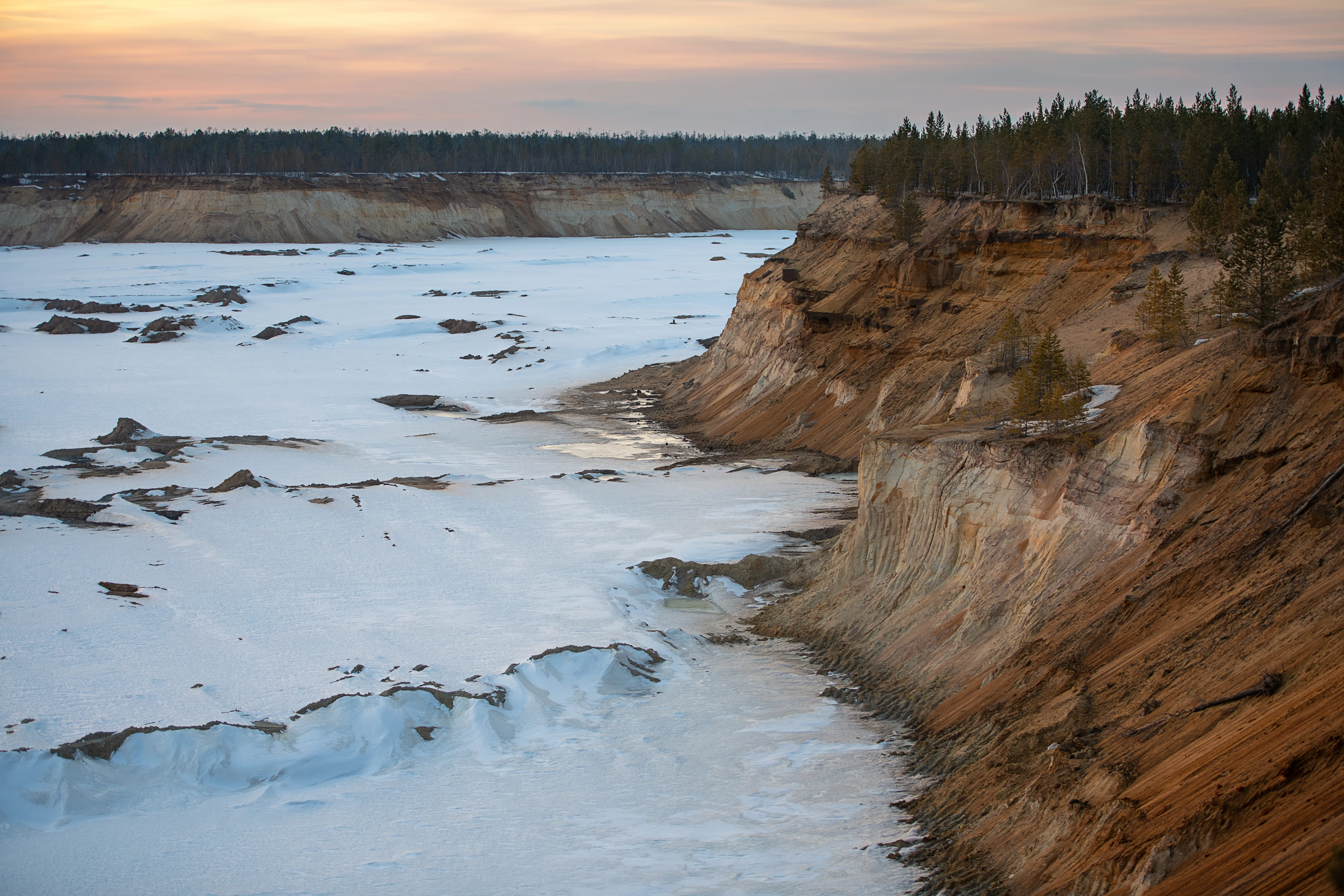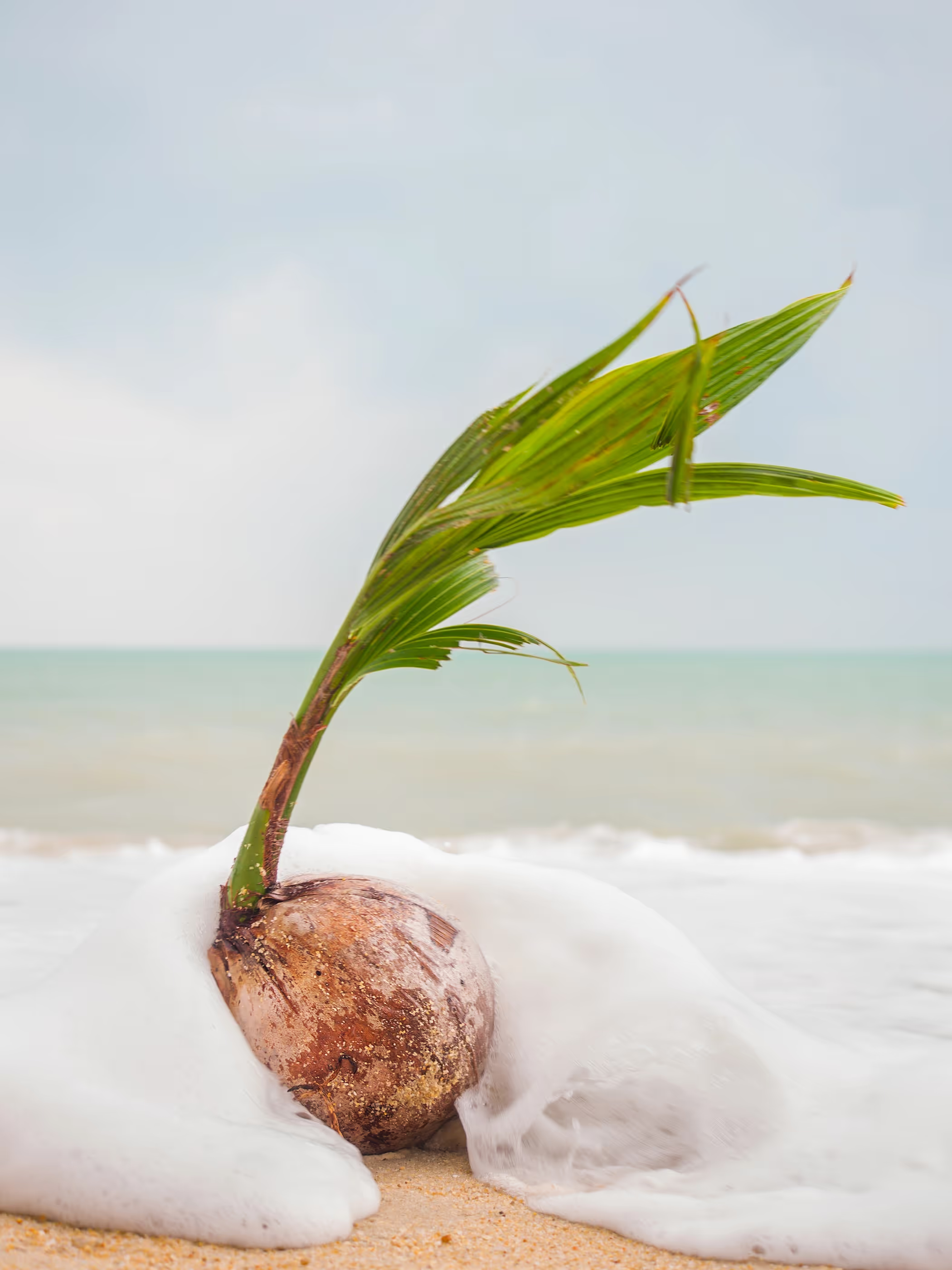
They develop primarily on mountainsides. They occurred during the ice ages and within the Arctic and Antarctic circles. During the winter, there is more snowfall than what melts in the summer. Every year, the fallen snow compresses, squeezing out air bubbles and creating a solid mass or block of ice with a deep blue tint.
When a glacier forms on a mountain, the force of gravity causes the weight of the ice to slide down the mountain into the valley.
To be considered a glacier, the block of ice must flow. Similar to a river with liquid water, the middle of a glacier flows the fastest, while the current is slower around the edges.
Glaciers flow, or travel, based on the climate. When it's colder, such as during ice ages, more snow accumulates during the winter, causing the glacier to advance down the mountain or further south. If there are warmer summers and more mild winters, the glacier may retreat up the mountain and melt away.

Meier, M. (n.d.). Flow of mountain glaciers. Retrieved January 24, 2021, from https://www.britannica.com/science/glacier/Flow-of-mountain-glaciers
National Park Service. (n.d.). Glaciers and glacial landforms. Retrieved January 24, 2021, from https://www.nps.gov/subjects/geology/glacial-landforms.htm



.avif)